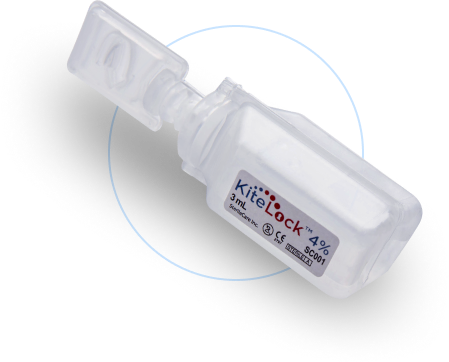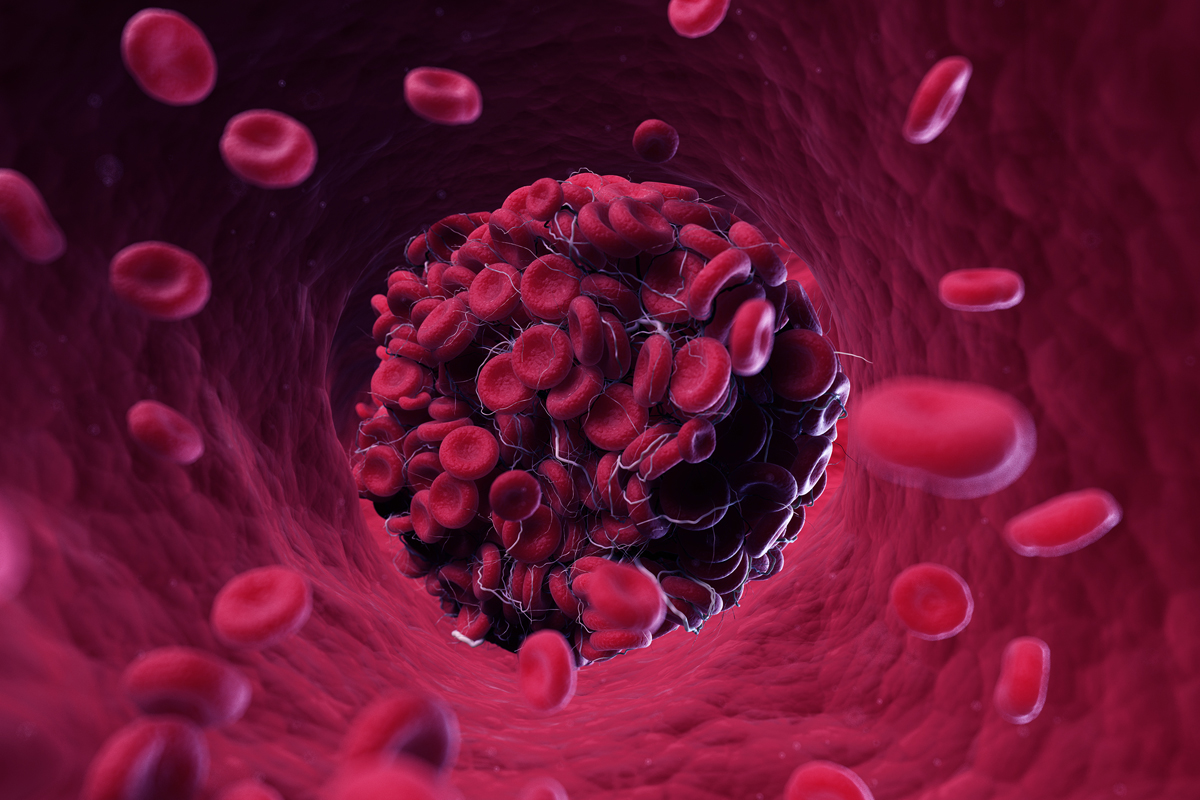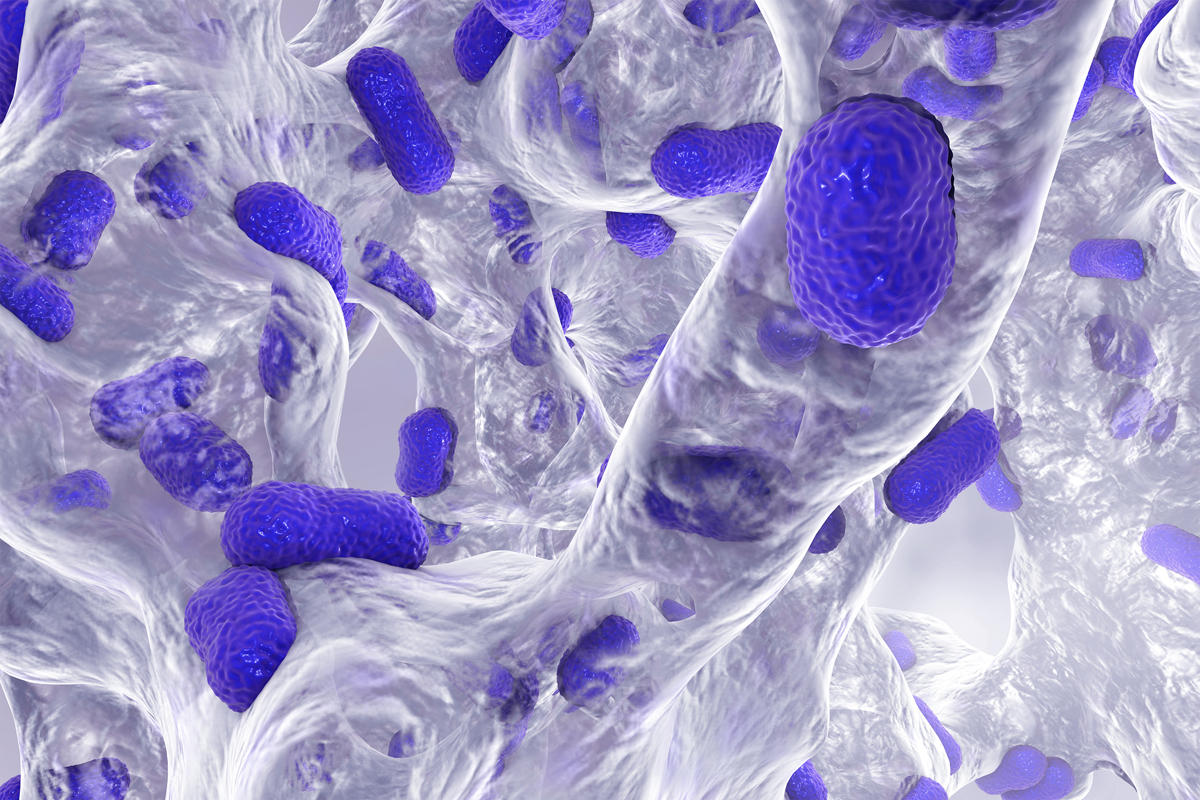KiteLock™ 4% (Tetrasodium EDTA) is a non-antibiotic, antimicrobial catheter locking solution used to fill and secure central venous catheters when they are not in use. It helps prevent infection, maintain catheter patency, and reduce the risk of clotting and biofilm buildup — without promoting antibiotic resistance.
Clinically proven. Easy to implement. Safe for repeated use.
How It Works…
When a central line isn’t in use, KiteLock™ 4% is instilled into the catheter lumen. It sits inside the central venous catheter between uses, actively:
- Killing harmful microbes that can cause bloodstream infections
- Preventing clots and occlusions that block the catheter
- Breaking down and eradicating biofilm to stop recurring infections
KitLock™4% is One Simple, Safe, Effective Solution for use in all central venous catheters.
The Triple Threat
Proven Technology
Clinically proven to reduce infections and occlusions
Catheter Lock Solution
An optimal catheter lock solution should keep the catheter lumen patent, reduce the incidents of catheter related infection, produce minimal or no side effects, be cost effective and easy to use. Only KiteLock 4% meets these requirements. [3]
Interrelated Process
The battle against the intraluminal Triple Threat. The Triple Threat are three interrelated processes occurring inside a CVAD. Blood forms a clot inside the catheter lumen. Clots feed microorganisms. Microorganisms create biofilm. Biofilm is a sticky surface promoting clot formation. The three gears must be knocked out to avoid further CVAD complications or the cycle repeats.
Safe for Children
To date, children catheter lock solutions have been used off-label and compounded products are the standard of care. KiteLock 4% is the only globally approved lock solution safe enough for children.
Non-antibiotic, Antimicrobial
By using KiteLock 4% infections are prevented and therefore the use of antibiotics is avoided. KiteLock 4% fits with antibiotic stewardship programs worldwide by sparing the use of important antibiotic agents, targeting prevention rather than the expensive treatment of hospital acquired infections. [5]






